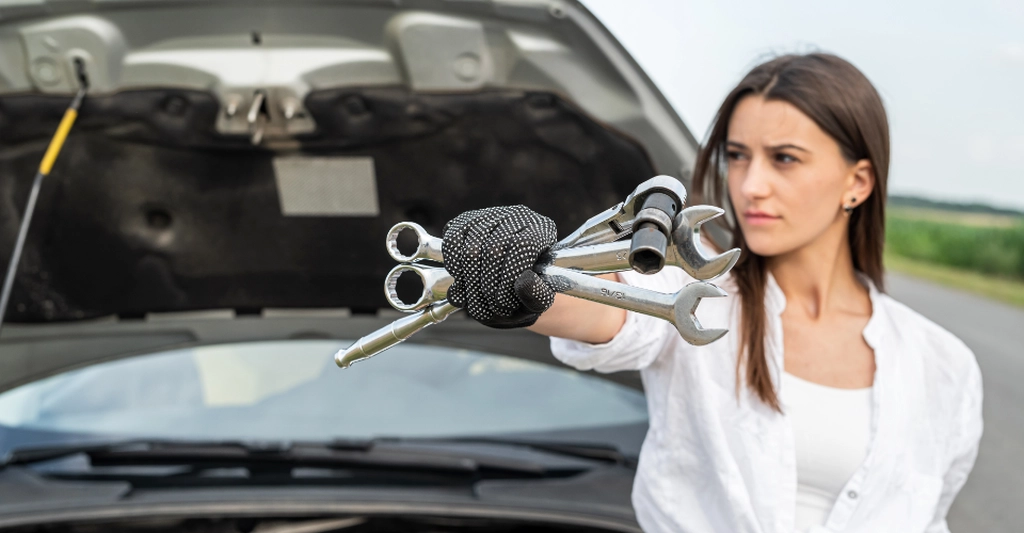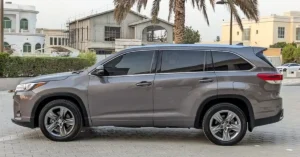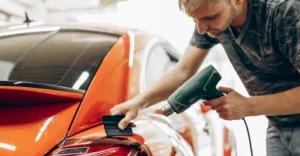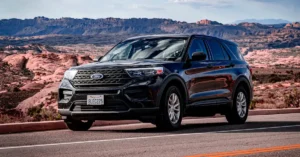As car owners, we’ve all heard some wild advice about keeping our rides in tip-top shape. Maybe your uncle swore by changing oil every 3,000 kilometres, or a buddy told you dish soap is fine for washing your car. Spoiler alert: a lot of that “wisdom” is straight-up wrong! At MotorHub, we’re here to set the record straight and bust 15 common car maintenance myths that could be costing you time, money, and your car’s performance. Let’s dive in and separate fact from fiction so you can keep your ride running smoothly!
1. Premium Fuel = Better Performance for Every Car
Unless your owner’s manual specifically recommends high-octane fuel, using premium gas is just an added expense. Most vehicles are designed to run efficiently on regular fuel. Premium fuel won’t clean your engine or boost performance unless your engine is designed for it.
2. You Must Change Your Oil Every 3,000 Kilometres
This might have been true decades ago, but modern engines and synthetic oils can go 5,000–10,000 kilometers between changes. Always follow your manufacturer’s recommended oil change interval—not outdated advice from the past.
3. You Can Wash Your Car with Dish Soap
Using dishwashing liquid or laundry detergent strips your vehicle’s protective wax and can cause paint damage over time. Always use a cleaner specifically formulated for cars to preserve your finish.
4. Warm Up Your Engine for Several Minutes Before Driving in Cold Weather
Modern engines warm up more efficiently while being driven. Idling wastes fuel and doesn’t warm up essential parts like the transmission or wheel bearings. Just drive gently for the first few minutes instead.
5. Letting Your Battery Idle for a Few Minutes Fully Recharges It
A jump start doesn’t fully recharge your battery. It takes hours of driving—especially in cold weather—to bring a battery back to full charge. Short trips can leave you stranded again the next time you try to start the car.
6. Independent Shops Void Your Warranty
By law, you are not required to service your vehicle at the dealership to maintain your warranty. Just ensure that maintenance is done by a licensed shop and keep your receipts as proof.
7. Replace All Four Tires at Once
Unless your vehicle is all-wheel drive (AWD), you don’t need to replace all four tires together. As long as the replacement matches the existing ones in brand, model, and size, you’re good to go. Just don’t skip regular rotations.
8. Fuel Economy Is Better with Windows Down than Using AC
Rolling down windows increases aerodynamic drag, especially at highway speeds, while AC consumes extra fuel. In practice, the impact is minor either way. Choose comfort over trying to save pennies.
9. Transmission Fluid Must Be Changed Every 50,000 Kilometres
Modern automatic transmission fluid can last up to 100,000 kilometres or longer, depending on the car. Some fluids are even labeled “lifetime.” Always consult your car’s service manual for guidance.
10. Refueling in the Morning Saves Money
Fuel is stored underground, where temperatures remain fairly consistent all day. The idea that morning fuel is denser and gives you more for your money is a myth. Time of day doesn’t affect how much fuel you get.
11. If One Tire Is Flat, You Must Replace All of Them
A common misconception. As long as the damaged tire’s repair doesn’t compromise safety (e.g., sidewall damage), you may not need to replace it. If needed, just match the new tire with the others in terms of size and tread.
12. You Should Flush Your Coolant Every Year
While it’s true that coolant breaks down over time, most modern vehicles only require a coolant change every 60,000 to 100,000 kilometers (37,000 to 62,000 kilometres). Check your vehicle’s manual to avoid unnecessary service.
13. A Bigger Car Means Better Crash Safety
Newer small cars often perform better in crash tests than older large vehicles thanks to advanced crumple zones and materials. Always check current crash ratings instead of relying on assumptions.
14. Topping Off Brake Fluid Fixes Brake Problems
Low brake fluid can be a symptom of a deeper issue, like worn pads or a leak. Simply topping it off without diagnosing the root cause could compromise safety.
15. The “Check Engine” Light Means You Should Panic
A flashing check engine light means stop immediately, but a steady one can often be a minor issue like a loose gas cap. Use an OBD-II scanner or visit a mechanic to diagnose the issue rather than ignore it—or panic.
Final Thoughts
Believing these car maintenance myths can cost you more than just money—it could impact your safety and vehicle performance. At MotorHub, we’re committed to educating drivers and supporting them with reliable, mobile, and professional car care services.
Need expert help?
Book a mobile inspection or service with MotorHub today and keep your car in top shape, without the myths.



